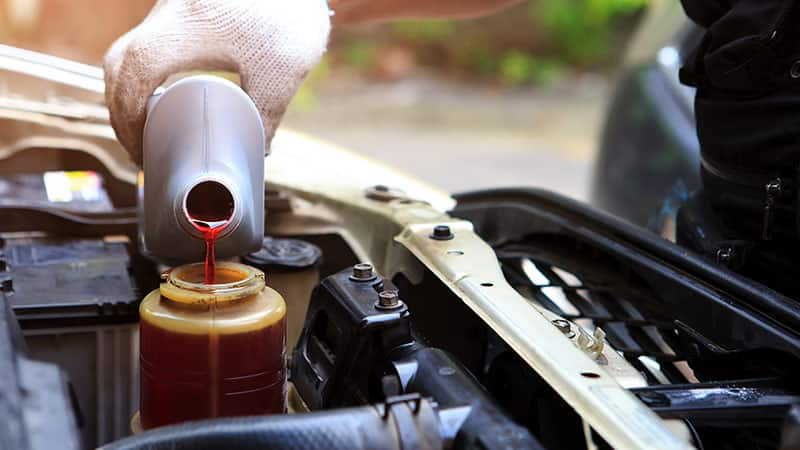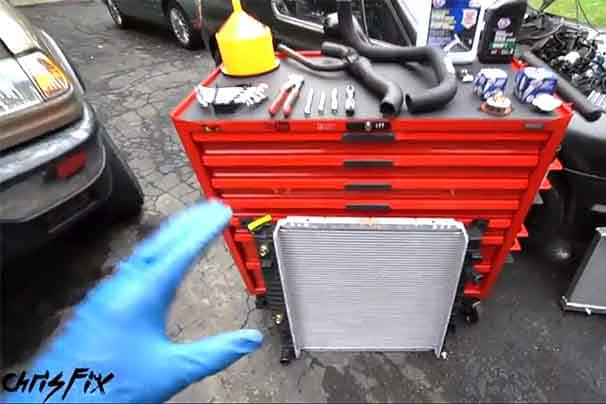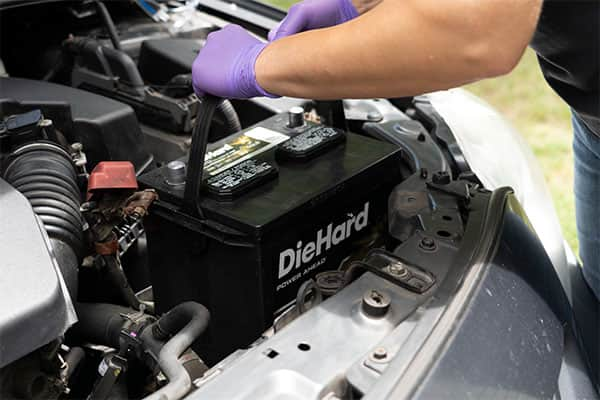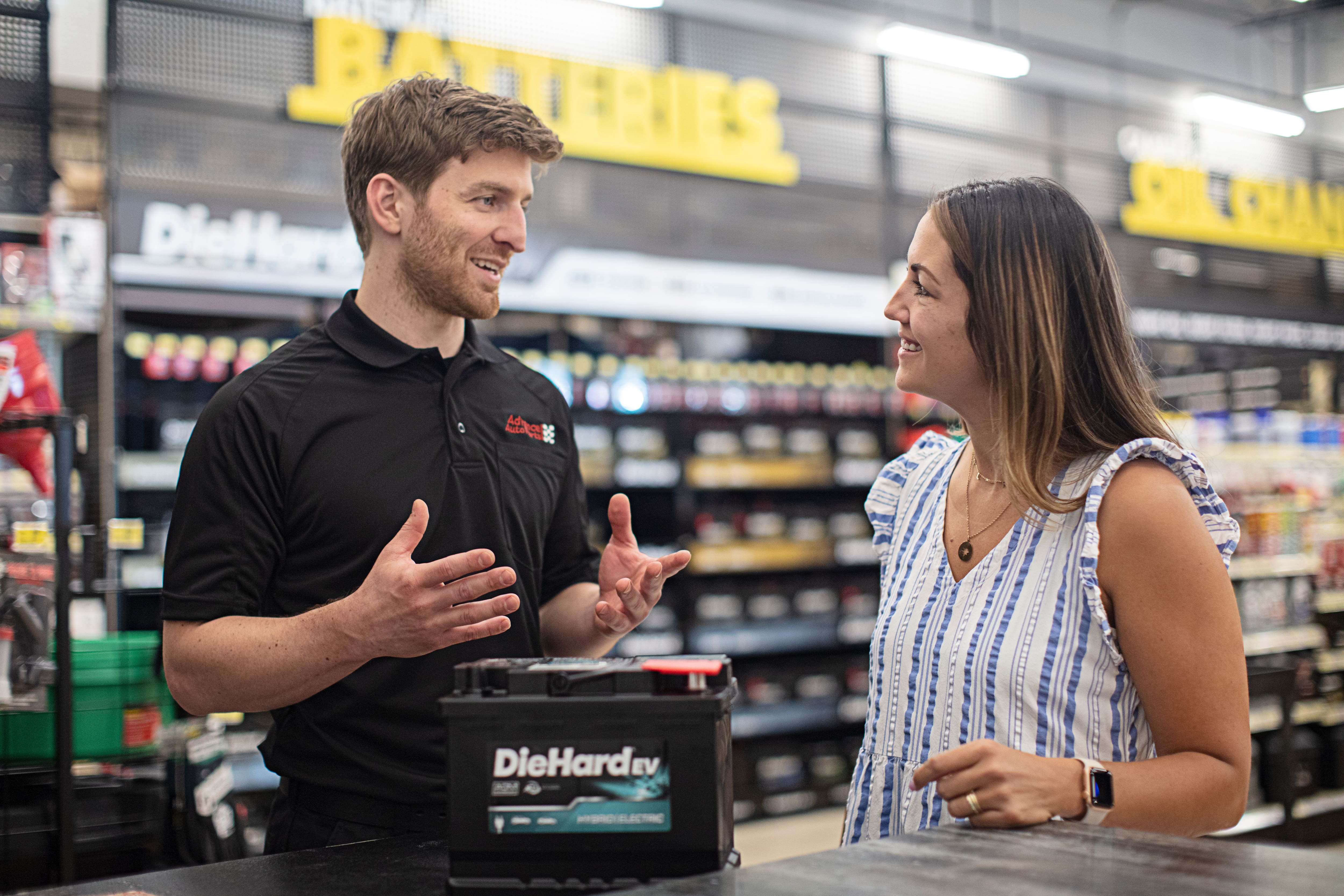When you get in your vehicle, turn the key, and it starts, it's easy to take things for granted and forget about routine vehicle maintenance. That, of course, is a mistake. We all know about things like tire rotations and regular oil changes, and most of us are pretty diligent about staying on top of service intervals for those. But you may be overlooking some other vehicle maintenance items. They may not need to be performed as often as oil changes, but that doesn't mean you can just let them slide.

Source | Neonbrand
Power steering
As a rule of thumb, any automotive fluid that appears dirty and dark probably needs to be flushed and changed, and power steering fluid is no exception. The fluid in the power steering pump can start to pick up moisture and contaminants, which can lead to poor lubrication of the pump's parts and can possibly clog the pump's passages. Power steering fluid conditioners are available to help keep things running smoothly, but it's still a good idea to flush the system from time to time and replace the fluid.
Belts and hoses
Your vehicle's serpentine belt powers the power-steering pump, water pump, A/C compressor, and alternator, taking the place of the multiple V-belts that were on cars a generation ago. Newer serpentine belt materials won't show the cracking, glazing, and other signs of wear that older materials did—instead, they can just fail without warning, and suddenly you have no alternator, power steering, water pump, or A/C, and you're stuck on the side of the road. Check the belt and hoses with every oil change, and change them at your manufacturer's recommended service interval.
Timing belt
Note that this is not the same as the serpentine belt. The timing belt is what synchronizes the camshaft and crankshaft, and allows the valves to open and close in time with the engine's combustion. On many engines, a broken timing belt means the pistons will come up in their stroke and crash into the open valves that are no longer moving, resulting in bent valves, bent connecting rods, holes in pistons, and, generally, a wrecked engine. Many modern vehicles use a timing chain rather than a belt, which is usually good for the entire life cycle of the engine. If yours is equipped with a belt, however, this is one procedure you do not want to neglect. Changing the timing belt is usually a fairly involved job, and many service managers will recommend changing the water pump and belt tensioner at this same time, since the front end of the engine will already be disassembled.
Brake fluid
This is one that really gets neglected. Your brakes work on hydraulic pressure. When you press the brake pedal, a rod from the brake pedal strut actuates a piston in the master cylinder, which then sends hydraulic pressure to the wheel cylinders, and the brake pads clamp onto the rotor to slow the vehicle via friction. Over time, brake fluid picks up contaminants and starts to break down from many heat/cool cycles. Worse yet, brake fluid is hygroscopic, meaning it absorbs water. Droplets of water in the fluid can literally boil off during hard braking, causing brake fade. Again, if your brake fluid looks dark and nasty from contaminants and corrosion, consider flushing the brake system and refilling with clean fluid.
Differential service
The differential is the big pumpkin-shaped thing at the center of your RWD and 4WD vehicle's drive axle; it delivers torque from the transmission to the wheels and enables one wheel to turn faster than the other as you round a corner. The gears in this unit use a heavy high-temperature lubricant, but after enough time and heat the gear oil will break down and lose its viscosity. At that point, its ability to lubricate the differential and axles is compromised. Manufacturers do have specific maintenance intervals for differential fluid service (make sure you use the right gear oil!). Note: if you have a 4WD vehicle, consider the service intervals for the transfer case to be the same as differential service. Check your owner's manual for manufacturer's recommendations —some locking differentials may require a special fluid or additive.
Air filter and cabin air filter
Your vehicle's air filter is what prevents pollen, dust, and particulates from entering the fuel system, where they can cause all kinds of problems. A clogged air filter will result in poor fuel economy and sluggish performance; air filters should be changed about every 10,000 to 15,000 miles. The cabin air filter (usually located behind the glove box) helps prevent allergens, dust, and odors from entering your vehicle's A/C system, and protects your A/C blower from damage from debris or foreign objects. This is a filter that should also be changed regularly (as always, check your manufacturer's recommendations).
Transmission fluid
Automatic transmission fluid (ATF) is what cools and lubricates the internal parts of your transmission, as well as helping to apply torque from one end of the unit to the other. Heat is the enemy of ATF, especially in severe-duty applications such as towing or heavy hauling. Old ATF can lead to varnish-like residue that can clog small passages in the unit and build up on important assemblies. Service intervals for ATF and transmission service can vary from one make/model to another, so check your manufacturer's recommendations and perform this service more frequently if your vehicle is used for severe duty. Note: At one time, there were only three or four blends of ATF on the market. Today, many manufacturers prescribe specific ATF formulations for their vehicles, and using the wrong fluid can cause severe damage within minutes. Be extra sure which ATF you're adding!
Cooling system
Unless you drive an older Porsche, VW Beetle or Corvair, your engine relies on coolant to disperse heat and maintain a normal operating temperature. Coolant is a 50/50 mix of distilled water and antifreeze, and the antifreeze contains anti-corrosion agents and other additives that help lower its freezing point and raise its boiling point. The additives also help head off the buildup of scale and corrosion in the system. There's a great deal of aluminum in a cooling system and radiator, and aluminum corrodes when exposed to water and electrical fields. Failing to keep your cooling system maintained can result in a clogged radiator; a thermostat, heater core, and water pump that are riddled with corrosion; and coolant that's in nasty, contaminated condition. Coolant should be changed and the entire system flushed and pressure-tested every two years, or according to manufacturers' specs. Remember that newer vehicles may call for specific brands and formulations of coolant—be sure to follow official recommendations.
Wheel alignment
This isn't a regular vehicle maintenance item, but it's something that should be checked regularly nonetheless. Signs of alignment problems include a strong pull to one side while driving on a straight stretch of road, steering that feels “heavy" and clumsy, like driving a loaded dump truck or a tendency for the wheel not to center itself readily after rounding a corner. Poor wheel alignment will result in worn tires and other suspension components. On many older vehicles with worn idler arms, pitman arms and other worn suspension parts, it may not be possible to perform an alignment unless these parts are replaced. Just consider this: If your vehicle's steering angles are off by as little as 1/8" and you drove with your hands off the wheel for a mile, your vehicle would end up 28 feet off of a straight line at the end of that mile. These may seem like little things, but little things add up. Don't let your car go without getting these vehicle maintenance tasks done!










